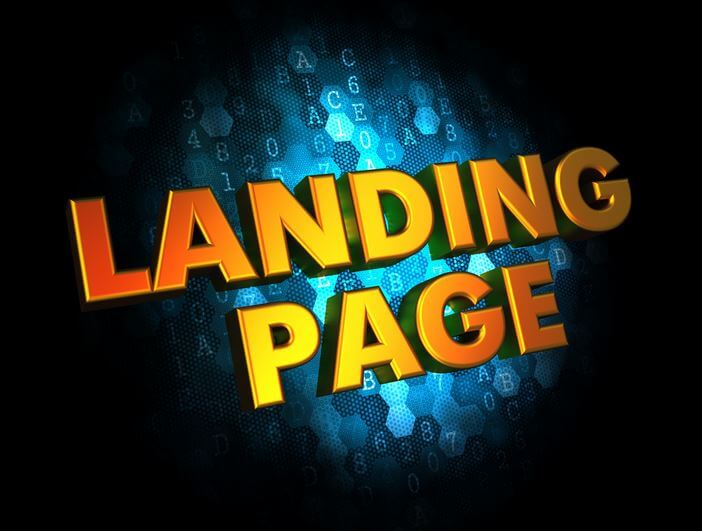“The Power of Gated Content: How to Generate Quality Leads and Boost Conversions”
Gated content landing pages are a powerful tool in your marketing arsenal. By requiring visitors to provide their contact information before accessing your valuable content, you generate leads and ensure that those who access your content are genuinely interested in your offer.
In this ultimate guide, we’ll dive into everything you need to know about gated content landing pages, from why they’re essential to how to create them effectively.
Why Gated Content Landing PagesAree Essential
Gated content landing pages are essential for any business to generate leads and increase revenue. Here are a few reasons why:
- Generate Quality Leads: Gated content landing pages allow you to generate quality leads by requiring visitors to provide their contact information before accessing your content. This ensures that the people who access your content are genuinely interested in what you offer.
- Build Trust: By offering valuable content behind a gate, you’re demonstrating that you’re an expert in your field and giving visitors a taste of what they can expect from your brand. This builds trust and establishes you as a thought leader in your industry.
- Increase Conversions: Gated content landing pages can increase conversions by providing visitors with a clear value proposition and a compelling reason to provide contact information. By highlighting the benefits of your content, you can encourage visitors to take action and become leads.
Creating an Effective Gated Content Landing Page
Now that you understand why gated content landing pages are essential let’s dive into how to create them effectively. Here are the key steps:
- Choose the Right Content: The first step in creating an effective gated content landing page is choosing the right content. Your content should be valuable, relevant, and solve the target audience’s faces. Examples include whitepapers, eBooks, webinars, and case studies.
- Create a Compelling Value Proposition: Your gated content landing page should have a compelling value proposition that communicates the benefits of your content. Use persuasive language, highlight key takeaways, and focus on your target audience’s pain points.
- Design a High-Converting Page: Your landing page should be designed with conversions in mind. Use a clean, professional design, and keep the focus on the value proposition. Use persuasive copy and a solid call to action to encourage visitors to provide their contact information.
- Optimize for SEO: To maximize the impact of your gated content landing page, you need to optimize it for SEO. Use keyword-rich titles and meta descriptions, and make sure your content is structured with headers and subheadings. Use internal and external links to boost your page authority.
- Test and Refine: Once your gated content landing page is live, testing and refining it continually is essential. Use A/B testing to optimize your design and copy, and track your conversions to identify areas for improvement.
Conclusion
Gated content landing pages are a powerful tool for generating leads and increasing revenue. By choosing the right content, creating a compelling value proposition, designing a high-converting landing page, optimizing for SEO, and continually testing and refining, you can create a gated content landing page that converts visitors into quality leads.
FAQs
What is an example of a gated content page?
An example of a gated content page is a landing page that offers an eBook or whitepaper in exchange for the visitor’s contact information, such as their name, email address, and phone number. Once the visitor fills out the form and submits their information, they are granted access to the content behind the gate. The gated content page is designed to provide a valuable resource to the visitor while generating business leads. This allows the company to follow up with tips and nurture them into potential customers.
What is the difference between a gated and an ungated landing page?
The main difference between gated and ungated landing pages is whether or not the content is hidden behind a form.
On a gated landing page, the content is hidden behind a form visitors must fill out to access the content. Visitors must provide their contact information, such as their name and email address, to access the content. This aims to generate leads for the business and ensure that the people accessing the content are genuinely interested in what the company offers.
On an ungated landing page, the content is freely available to anyone who visits the page. No form to fill out or the contact information is required to access the content. An ungated landing page aims to provide visitors with valuable information and establish the business as a thought leader.
How do I create gated content on my website?
Creating gated content on your website involves a few key steps:
- Choose the correct type of content: The first step is to choose the right range for the gate. This could be an eBook, whitepaper, webinar, or any other content that provides value to your target audience.
- Create the content: Once you’ve chosen the type, you must create it. Make sure it’s high-quality and provides real value to your audience. You want to create content that people will be willing to exchange their contact information to access.
- Set up a landing page: Next, you’ll need to set up a landing page where visitors can access your gated content. This landing page should include a form that asks for the visitor’s contact information, such as their name and email address. You should also clearly describe the benefits of your gated content to encourage visitors to fill out the form.
- Gate the content: You must once your landing page is set up. This involves placing the content behind the form on your landing page. You can use various tools to gate your content, including marketing automation software or a content management system.
- Promote your gated content: Finally, you’ll need to promote your gated content to your target audience. This could include promoting it on social media, email marketing campaigns, or paid advertising. Make sure to highlight the benefits of your gated content and why it’s worth exchanging contact information to access.
By following these steps, you can create gated content on your website that generates leads and provides value to your audience.





